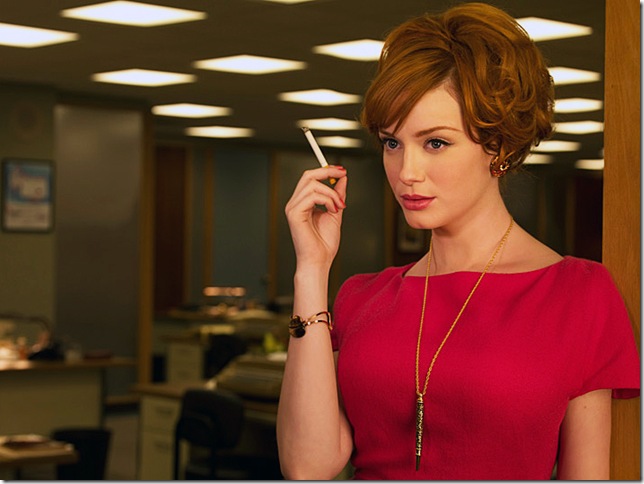By Myles Ludwig
I like to stay just ahead of the knuckleball.
So before the minions of Hypostan begin their campaign to whisk up a kind of consumerist Cool Whippy enthusiasm for the TV commercials interrupting the Super Bowl game — and overshadowing the game itself — I’d like to throw a pitch against American advertising in general, and broadcasting ads in particular.
Frankly, I think advertising as we know it has reached a cul de sac and can’t escape its clutches. Instead of enticing, it’s annoying and, to tell the truth, it mostly makes me angry enough to avoid buying the product it’s trying to sell me. I won’t buy a beer because a lizard likes it. Or an insurance policy based on a mispronunciation — although I guess I did.
American advertising has become an abstraction and unbelievable, a truth-free zone. It’s a mess, confused, an outdated century-plus old model that’s drifted so far away from its purpose and value that I think only Dyson’s commercials for its supersucking vacuum cleaner has any connection to the product itself.
At least it stays away from trying to pull the lint over our eyes, and save us from the terrible inconvenience of plugging in an ugly cord intended for us to trip over (everything else is wireless, why not the motorized broom?) and save us from adding another disposable bag of dust bunnies to the growing landfill Himalayas of detritus.
I don’t own a Dyson anything, but I would if I thought I needed it.
That’s part of the problem, the same problem that changed the idea of consumer protection to conspicuous consumption; before want and need converged.
Before the oxymoron of low-cal French Fries.
Before we ever heard of metadata.
The original idea of advertising was pretty simple. Its function was announcement. He makes shoes; the next shipment of calico from England to America has arrived in port; Africans are for sale in New Orleans. It changed when marketers decided to tell us what we needed before we knew we needed it.
Eons of human interacted with other humans fairly well before we knew we were socially undesirable, even offensive, because we emitted an aroma, just like any other animal — until Lifebuoy soap offered to rescue us from the horrors of B.O. (the semi-polite neologism for body odor, for you millennial folks who have already found organic sanitizers).
Long before clouds of Febreze drifted through our household atmosphere like left-over radioactive fallout from the 1950s, there was frankincense and myrrh. Bad breath became halitosis, thanks to Listerine which ultimately led to the purity of the Tic-Tac.
The leitmotivs of American advertising have changed from explanation to aspiration to something resembling entertainment and, in the process, has made a media critic out of every user and viewer.
Advertising is rarely connected to the raison d’etre of a product, but exists to monetize content and divert our attention by interrupting the very content in which we are engaged. Every television network, cable, satellite, Internet stream, and every website from Google to AliBaba is based on this concept.
Certainly, precise market targeting is an advertiser’s dream, but it’s definitely very creepy to know there’s an algorithm for everything following me around like my shadow.
What is No No and do I need it?
So before you dip another isosceles triangle of crispy cheesy something into that glop that rings the bell on the glycemic index, remember its only useful function is as a substitute for the main ingredient in Frito Pie.
It’s seems contemporary advertising’s only purpose is to get us to pay for something we already own: The airwaves.
Isn’t that some kind of paradox?
Myles Ludwig is a media savant living in Lake Worth.
